If you are looking wholesale lighting solutions, click here.
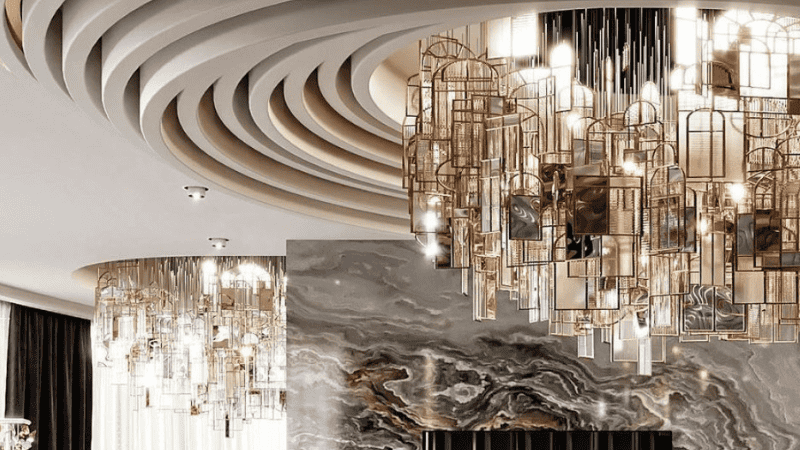
Lighting significantly affects any space’s overall look and feel, be it your home, office, or any commercial establishment.
When choosing the right lighting for a particular space, architectural and decorative lighting often come up. While both types of lighting serve different purposes, there is often confusion about their differences.
In this article, we will explore the difference between these two types of lighting and help you understand which would best suit your specific needs.
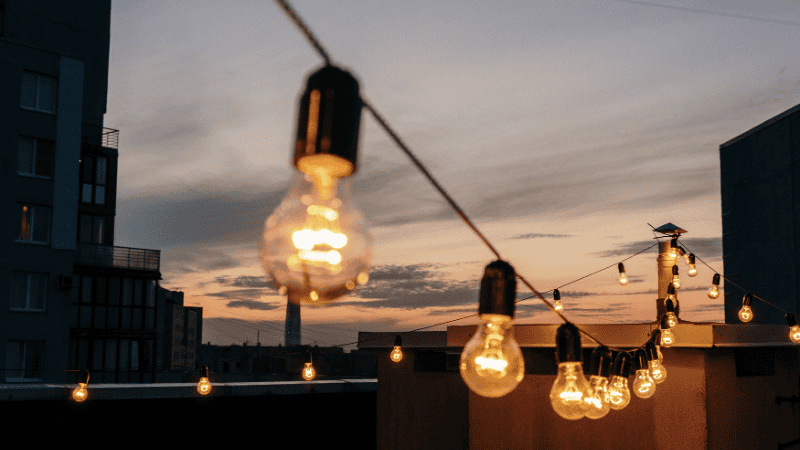
Architectural lighting focuses on enhancing and complementing the physical structure and design of a space, whereas decorative lighting is all about adding stylistic elements and creating a specific ambiance.
Each plays a crucial role in shaping the aesthetic and functional aspects of an environment.
Architectural lighting is intrinsically linked to the architecture of the building or space. It is designed to highlight and enhance certain architectural features, improve function, and contribute to the overall aesthetic of a space.
Architectural lighting is often built into the structure, becoming an integral part of the design. This type of lighting includes recessed lights, wall sconces, cove lighting, and under-cabinet lights.
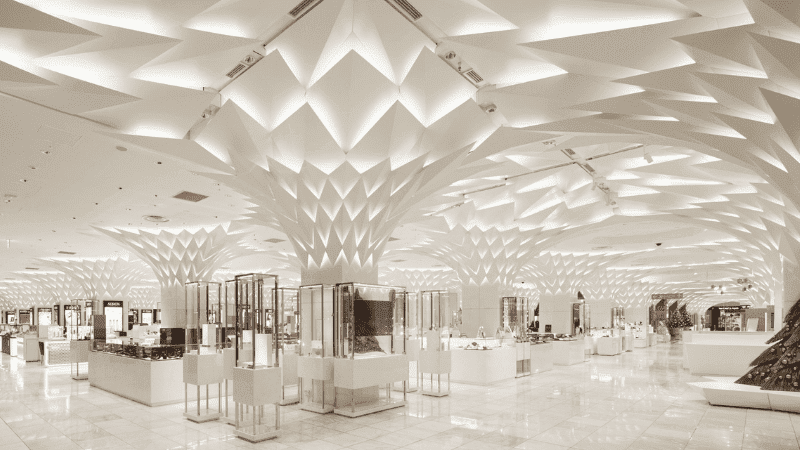
The primary goal of architectural lighting is to ensure that the space is adequately lit according to its function.
It focuses on providing balanced and even illumination, which can prevent shadows and dark spots, ensuring visibility and safety within the space.
Through careful planning and placement, architectural lighting can also create a visual harmony and enhance the structural design of the building.
Decorative lighting is more about creating ambiance and adding character to a space.
It includes lighting fixtures meant to be seen, such as chandeliers, pendant lights, decorative lamps, floor lamps, table lamps, and other statement pieces.
Decorative lighting can range from classic and elegant to modern and quirky, depending on the design style of the space.
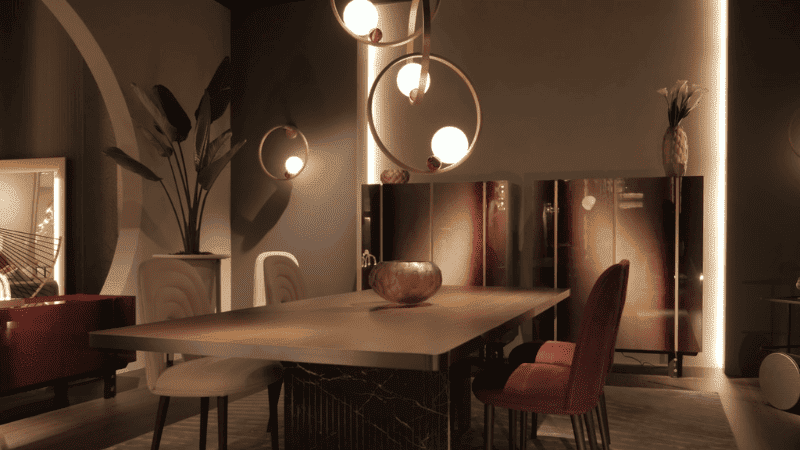
The primary purpose of a decorative light fixture is to add visual interest and personality to a room. It can serve as a focal point, create drama, or highlight specific areas within a space.
Decorative lighting also allows for more creativity and experimentation, making it an essential part of interior design.
The main difference between decorative and architectural lighting lies in their purpose and integration into space.
Decorative lighting is more focused on aesthetics and ambiance. It involves standalone fixtures that add visual intrigue and character to a room, serving as pieces of decor in their own right.
While it does contribute to overall illumination, decorative lighting’s primary role is to set the mood, create focal points, and express personal style.
On the other hand, architectural lighting is fundamentally utilitarian, designed to provide functional illumination while enhancing the architectural aspects of the space.
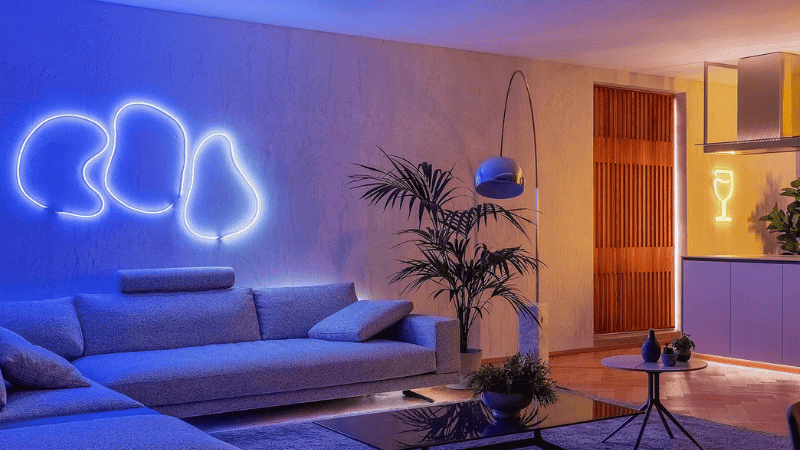
It is typically integrated into the structure, delivering a harmonious blend of light and design and emphasizing the functional aspects of the space.
For better understanding, consultation with lighting designers and professionals is highly recommended. They can help you navigate the various options and create a lighting plan that suits your space perfectly.
This segment offers a deep dive into the advantages and challenges associated with both architectural and decorative lighting.
The following table will introduce the benefits and limitations of architectural lighting.
| Pros | Cons |
| Provides functional illumination | May require professional installation |
| Enhances architectural features | Less flexibility for changes |
| Can create a sense of visual harmony | Can be expensive to implement and maintain |
The following table will introduce the benefits and limitations of Decorative Lighting.
| Pros | Cons |
| Adds visual interest and personality | May not provide sufficient lighting |
| Allows for creativity and experimentation | Can be style-specific, limiting versatility |
| Can create focal points | Can lead to clutter |
Choosing the right type of light fittings for your business depends on several factors, including the nature of your business, target audience, and design aesthetic. Here are a few tips to help you make the right choice:
Understanding the purpose of the lighting in each space is the first step in selecting the right type. Is the main aim to enhance functionality, promote safety, or create a certain mood or ambiance?
For instance, workspace areas require bright, uniform lighting for visibility and productivity (architectural lighting design), while a restaurant might prefer softer, mood-setting lighting (decorative lighting).
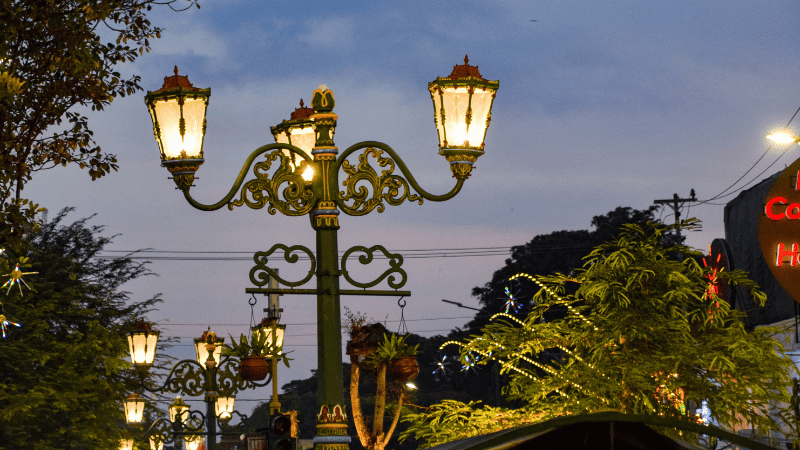
This step is crucial because it helps you choose lighting that fulfills its role effectively and aligns with your space’s overall design and aesthetic.
Undefined lighting can lead to too bright, dim, or mismatched areas, impacting the space’s functionality and aesthetics.
Once you have determined the purpose of the lighting, it’s time to consider different types and styles that will best suit your needs.
For architectural lighting, focus on functional aspects like brightness level, ambient lighting style, color temperature, and beam angle. These factors will determine how well the light serves its intended purpose.
For decorative lighting, consider the design style of your space and choose fixtures that complement it.
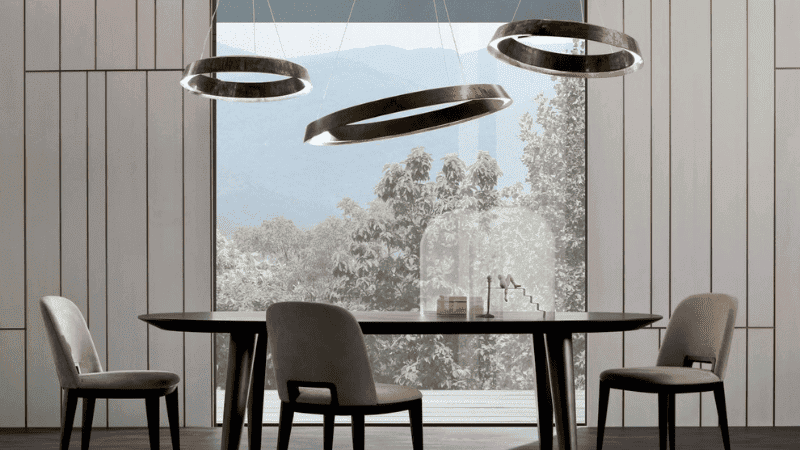
For instance, a traditional chandelier might look out of place in a sleek and modern office space, while industrial-style pendant lights may clash with a warm and cozy restaurant ambiance.
It’s also essential to consider the size of your space and ceiling height when choosing decorative lighting. Oversized fixtures can make a small room feel cramped, while tiny fixtures can get lost in a large space.
Light quality and color temperature are crucial considerations for architectural and decorative lighting.
Choosing lighting that provides sufficient brightness and visibility without causing glare or eye strain is essential for functional spaces like offices or retail stores. Cool white lights with a higher color temperature (5000K-6500K) are often preferred.
On the other hand, for spaces where ambiance and mood are the primary focus, such as restaurants or hotels, warmer lights with lower color temperatures (2700K-3500K) may be more suitable. These decorative lights create a cozy and inviting atmosphere and are less harsh on the eyes.
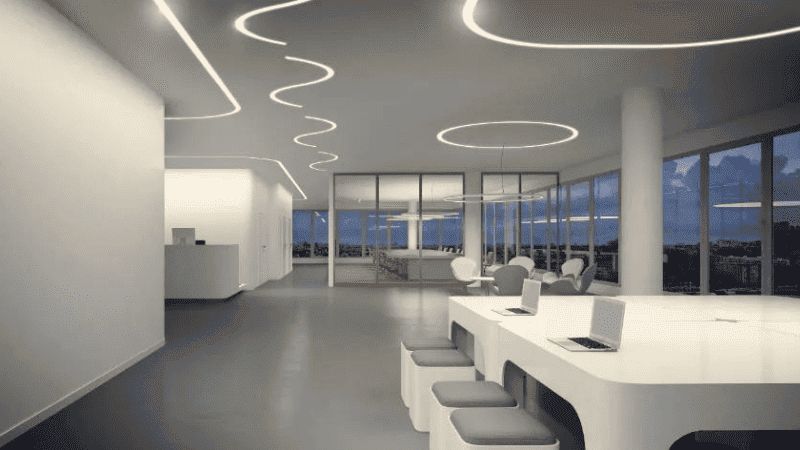
Energy efficiency is another critical aspect when choosing between architectural and decorative lighting.
With the increasing awareness of sustainability and environmental impact, energy-efficient lighting options have become fundamental in modern lighting design.
LED lighting is popular for architectural and decorative lighting due to its efficiency and longevity. LEDs consume less power and have a longer lifespan than traditional incandescent or halogen lights, leading to lower energy costs and less frequent replacement.
They are also available in various color temperatures and brightness levels, providing versatility for different applications.
In the case of architectural lighting, integrated LED fixtures can provide consistent, energy-efficient illumination. LED bulbs can be used in various fixture types and styles for decorative lighting, offering aesthetic appeal and energy efficiency.
Both architectural and decorative lighting play important roles in interior design. While architectural lighting serves a functional purpose and integrates into the structure of a space, decorative lighting adds visual interest and enhances ambiance.
You can choose the best type of lighting for your business by understanding its purpose, evaluating different types and styles, and considering light quality and energy efficiency.
Risun stands out for its excellence and dedication to customer satisfaction when choosing a lighting solution provider for your business.
As industry leaders, we offer a vast range of architectural and decorative lighting options designed to meet the unique needs of your business.
Our expert team will help you achieve your lighting goals by guiding you in selecting energy-efficient and aesthetically pleasing lighting solutions. Contact us today to see how we can transform your space!
Comprehensive Lighting Solutions for MRO Wholesalers and Professionals
send your inquiry
Hi, I'm the author of this post, and I have been in this field for more than 15 years. If you want to wholesale lighting fixtures or lighting related product, feel free to ask me any questions.
Learn More >>Download our catalog to view all of our lighting products.
Ready to get started ?
Send Your InquiryOur team will get back to you promptly

please
download
Get notified about new products
Our team will get back to you promptly!
Add your first comment to this post